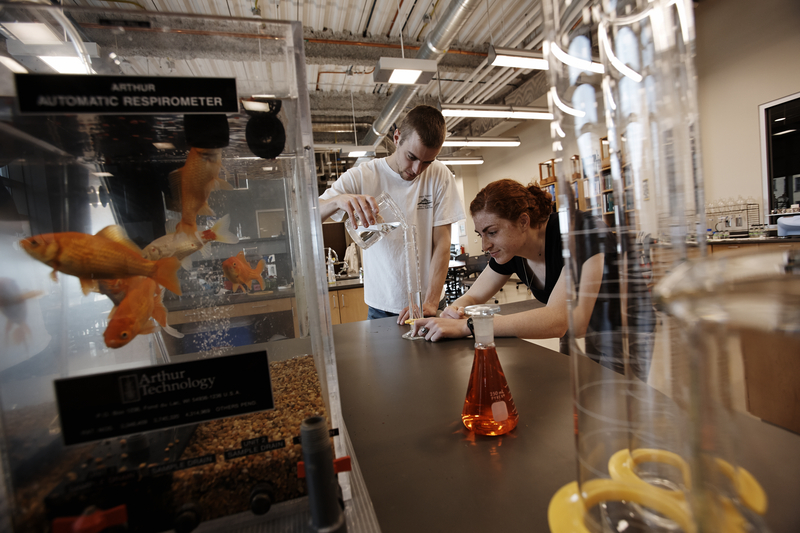Mallick Dissertation Abstract
Improved Management of Recalcitrant Nutrient Species:
Transformation and Adsorption
Dissertation Date: July 11, 2022
The non-reactive fractions of nutrients in water, i.e., dissolved organic nitrogen (DON) and soluble non-reactive phosphorus (sNRP), are not effectively removed and recovered. Unfortunately, the non-reactive fractions can contribute to the total nutrient load and cause eutrophication in receiving waterbodies. Thus, removal and recovery of non-reactive nutrients is critical for reducing nutrient discharge and advancing the goal of a circular nutrient economy. Advanced oxidation processes, e.g., electrooxidation (EO), can be utilized to transform non-reactive nutrients to more readily removable/recoverable reactive species to facilitate enhanced nutrient recovery. Adsorption using an adsorbent with high affinity for non-reactive nutrients can also be used for improved nutrient recovery. The purpose of this research was to evaluate EO for non-reactive nutrient transformation to more reactive species, removal of EO-treated sNRP using ion exchange, and adsorption of sNRP on a phosphate-binding protein, called PBP hereafter.
The efficacy of EO for DON and sNRP transformation into the more readily removable/recoverable dissolved inorganic nitrogen and soluble reactive phosphorus species was first evaluated in synthetic water matrices. Results showed that transformation was limited by the applied current density. Transformation of sNRP was higher than DON transformation using EO; accordingly, subsequent tests focused on sNRP. Compared to a more conventional oxidation process, i.e., UV/H2O2, EO-based transformation was more effective both in terms of the degree of transformation and energy consumption.
Next, the role of sorbed and dissolved in-situ generated oxidants in EO-based transformation was investigated using quenchers. These results, along with chronoamperometry tests, confirmed that direct electron transfer was the dominant mechanism for EO-based nutrient transformation. Improved recoverability of EO-treated sNRP compounds were achieved using ion exchange. However, the ion exchanger’s affinity for EO-treated sNRP did not improve, suggesting that the improved recoverability of centrate sNRP after EO was likely due to decreased organics after EO treatment.
Finally, adsorption of sNRP on immobilized PBP was assessed, showing that PBP has higher affinity and faster adsorption capacity for sNRP adsorption compared to other reported adsorbents. The sNRP compounds likely bound at PBP’s phosphate-selective binding site, and compounds with higher P content were removed to a greater extent.



